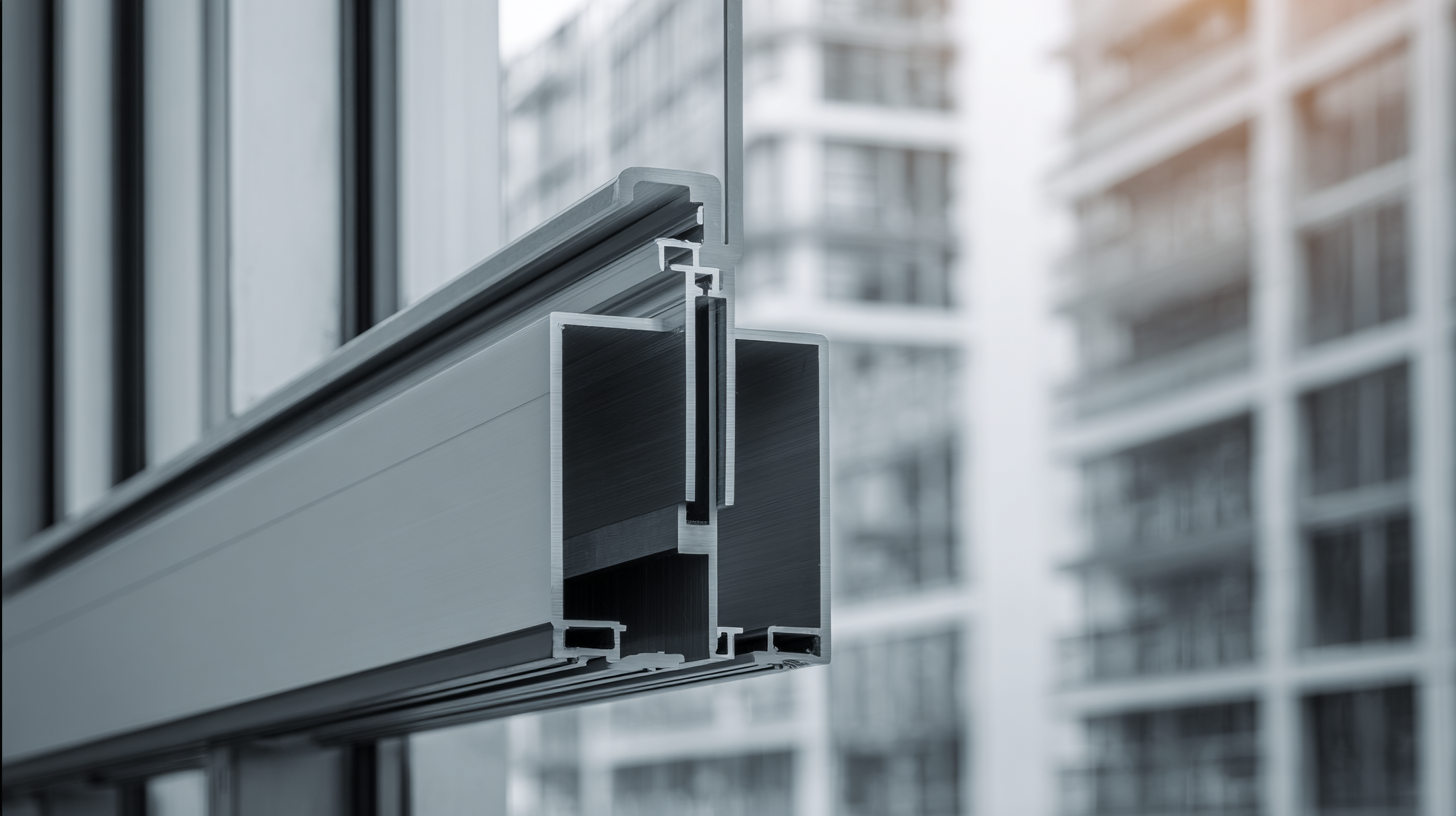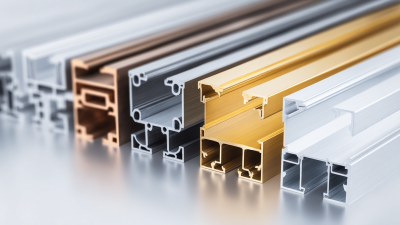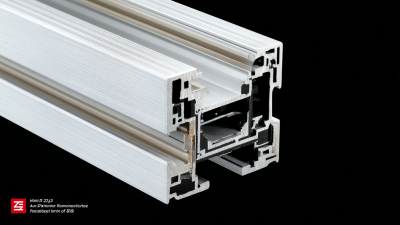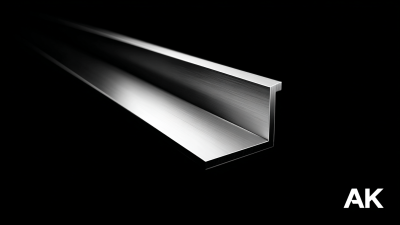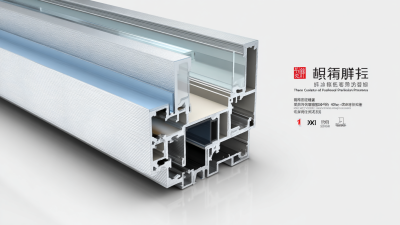In the pursuit of energy efficiency, the architecture and construction industries are increasingly turning to innovative solutions, one of which is the use of Thermal Break Aluminium Profiles. These profiles play a crucial role in minimizing thermal bridging, thereby enhancing the overall energy performance of buildings. According to a report from the American Society of Heating, Refrigerating and Air-Conditioning Engineers (ASHRAE), thermal bridging can lead to energy losses of up to 20% in buildings, significantly impacting both energy bills and carbon footprints. By incorporating Thermal Break Aluminium Profiles, architects can dramatically improve insulation values, with studies indicating that buildings utilizing these profiles can achieve up to 30% better energy efficiency compared to those that do not. This article will explore how these profiles function, their benefits, and their importance in modern architecture, ultimately guiding you on how to effectively implement them in your projects.
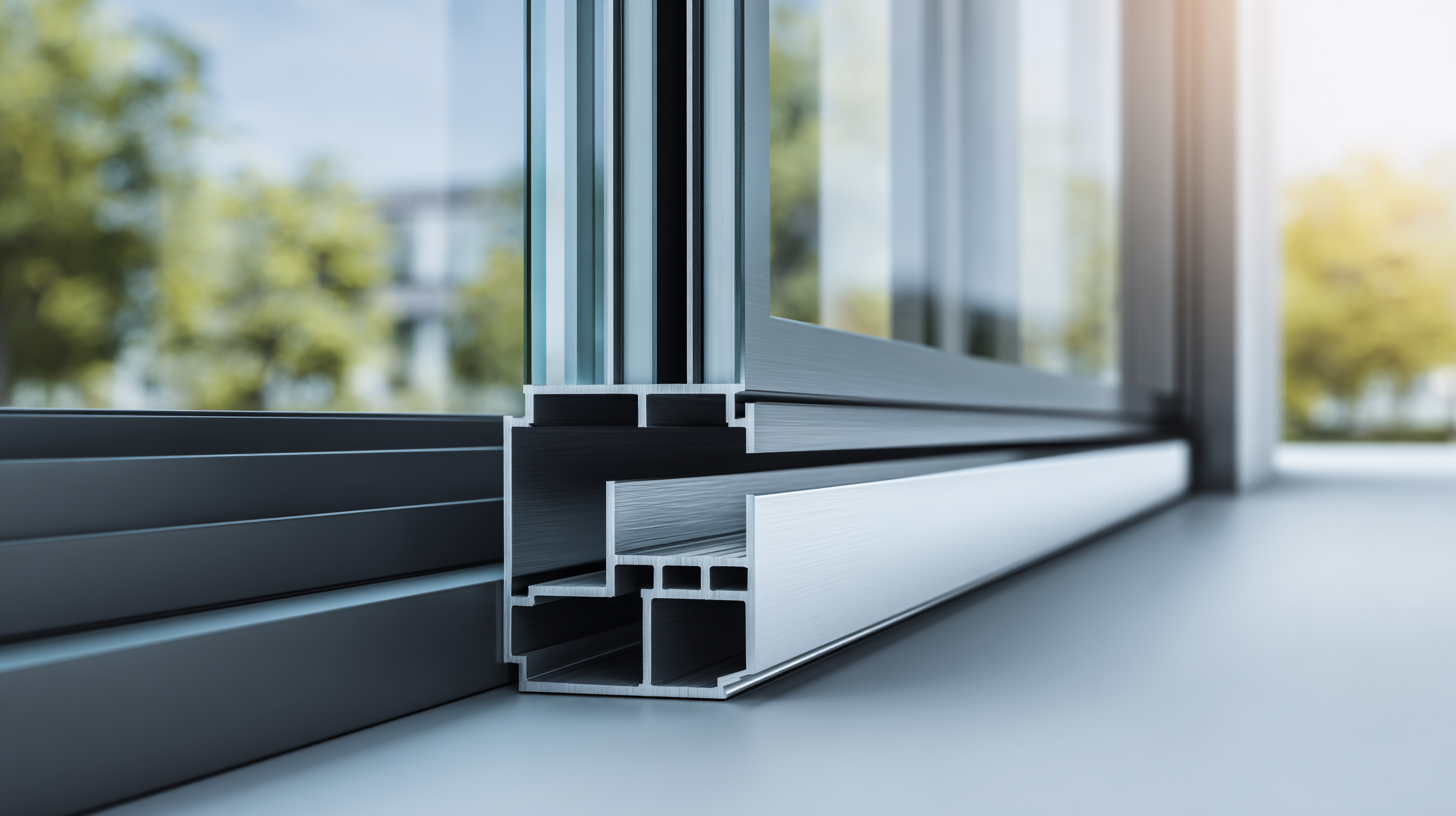
In modern architecture, the efficiency of building materials plays a crucial role in energy conservation, especially in regions like Canberra, where temperature extremes necessitate robust heating and cooling solutions. Thermal break aluminium profiles are designed to combat these challenges by reducing thermal bridging, which can significantly impact energy costs. According to the Energy Efficiency Council, homes utilizing thermal break technology can achieve energy savings of up to 30%, particularly during the harsh winter and summer months.
The significance of thermal breaks in aluminium profiles cannot be overstated. A study conducted by the International Energy Agency indicates that buildings with inadequate insulation account for nearly 40% of global energy consumption. By incorporating thermal breaks in design, architects can improve a building's thermal performance, leading to a more stable indoor environment and lower reliance on artificial heating and cooling systems. This not only enhances comfort for occupants but also contributes to sustainable building practices that are essential in today's architectural landscape.
Thermal break aluminium profiles have emerged as a vital component in modern architectural design, playing a significant role in enhancing energy efficiency. By incorporating an insulating material between the interior and exterior sections of the profiles, these systems dramatically reduce heat transfer. This is particularly important in climates with extreme temperatures, where maintaining a stable indoor environment is crucial for comfort and energy conservation.

The reduction of heat transfer is accomplished through the thermal break, which disrupts the pathway for heat to flow. As a result, buildings equipped with these profiles benefit from lower energy costs in both heating and cooling systems. By minimizing thermal bridging, they help maintain ideal indoor temperatures, ultimately leading to a more sustainable and environmentally friendly architecture. Through the adoption of thermal break aluminium profiles, architects and builders can create structures that not only meet aesthetic standards but also promote energy efficiency and comfort for occupants.
Thermal break aluminium profiles are revolutionizing modern architecture by enhancing energy efficiency through innovative design features. The integration of thermal breaks in these profiles plays a crucial role in reducing heat transfer, making buildings more environmentally friendly. These profiles are specially designed with insulating materials between the interior and exterior sections, effectively minimizing thermal bridging. As a result, they help maintain a stable indoor climate, reducing the need for excessive heating or cooling, which translates to lower energy costs.
In addition to energy efficiency, thermal break aluminium profiles offer aesthetic versatility, allowing architects to create visually appealing façades without compromising performance. With the ability to support large glazing elements, these profiles promote natural light while ensuring excellent thermal insulation. Features such as improved durability and low maintenance requirements also make them an attractive choice for modern design. By combining functionality with style, thermal break aluminium profiles exemplify how sustainable architecture can meet the demands of contemporary living while prioritizing energy conservation.
This chart represents the energy efficiency ratings of various thermal break aluminium profiles based on their properties such as thermal transmittance (U-value) and overall energy savings.
In the realm of modern architecture, energy efficiency has become a fundamental consideration, and this is particularly evident in the debate between traditional aluminium profiles and thermal break profiles.
Traditional aluminium profiles, while sturdy and aesthetically pleasing, often fall short in insulating capabilities. They allow heat transfer to occur, leading to increased energy consumption for heating and cooling in buildings.
This can result in higher utility bills and a larger carbon footprint, making them less desirable in today's environmentally conscious design landscape.
On the other hand, thermal break aluminium profiles incorporate a insulating barrier that significantly reduces thermal bridging. This innovative design minimizes heat loss during the winter months and heat gain in the summer, leading to a more stable indoor climate and enhanced comfort for occupants.
The improved insulation properties of thermal break profiles also contribute to greater energy efficiency, allowing buildings to meet stringent energy codes and potentially qualify for green building certifications.
As architects and builders continue to prioritize sustainability, the shift towards thermal break profiles becomes increasingly apparent, showcasing their vital role in modern architecture's commitment to energy efficiency.
Implementing thermal break technology in architectural projects is a crucial step towards achieving energy efficiency and sustainability in modern buildings. Thermal break aluminum profiles allow for a separation between the inner and outer sections of a structure, which significantly reduces thermal bridging—the process where heat flows through conductive materials. According to the U.S. Department of Energy, buildings account for approximately 40% of total energy consumption, making it essential for architects and builders to adopt materials and methods that minimize energy loss. By using thermal break profiles, projects can enhance thermal insulation and reduce heating and cooling costs by up to 30%.
Incorporating thermal break technology into design not only improves energy efficiency but also enhances occupant comfort. A study by the American Institute of Architects indicates that buildings constructed with thermal breaks exhibit temperature control improvements by as much as 75%, leading to reduced risk of condensation and mold growth. As energy codes become increasingly stringent, utilizing thermal break aluminum profiles enables architects to comply with regulations while promoting a sustainable future. Integrating this technology into architectural design offers a significant opportunity to make a lasting impact on energy consumption and environmental stewardship.
